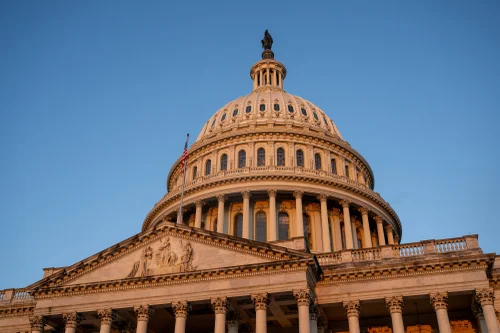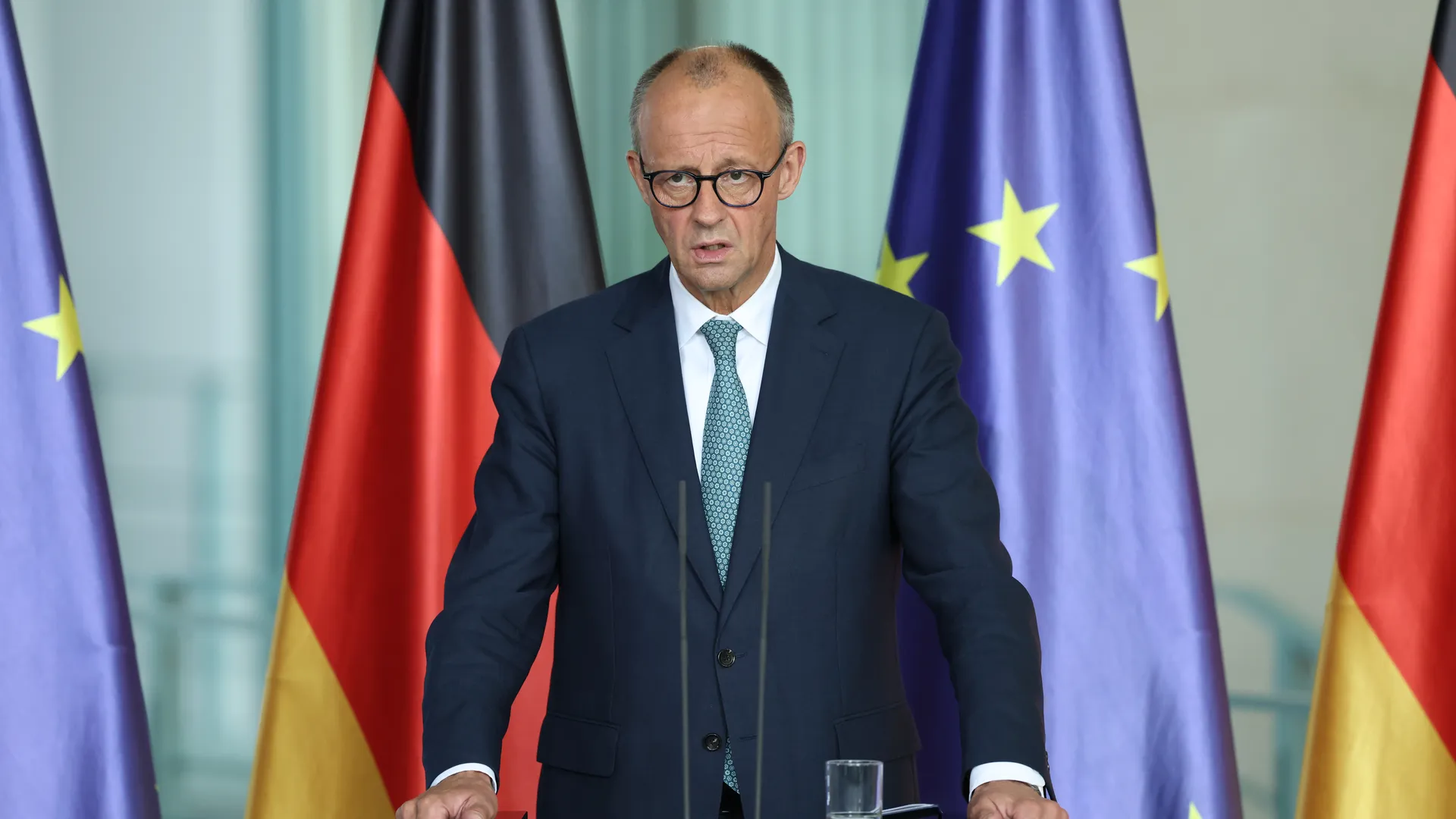The White House has taken a sharply aggressive stance ahead of a likely government shutdown by directing all federal agencies to draft mass firing plans. The Office of Management and Budget (OMB) issued a memo asking agencies to identify which positions they would eliminate if discretionary funding expires. This is far more severe than past shutdown protocols, which mostly furloughed nonessential staff temporarily.
What the Memo Says
According to the directive, agencies must propose reduction-in-force plans for programs whose funding will lapse unless Congress acts. The memo demands that programs not consistent with the President’s priorities bear the brunt of cuts. Importantly, these plans would not just suspend employment—they would permanently eliminate jobs and positions. Once the shutdown ends, agencies must revise the cuts to retain only the minimum staff needed to fulfill statutory tasks.
Why This Moves the Needle
This directive escalates the consequences of a shutdown dramatically. In past shutdowns, many nonessential workers were furloughed and later returned to their jobs. Now, by planning for permanent layoffs, the administration signals it views some programs as disposable. Furthermore, asking agencies to submit these plans puts heavy pressure on Congress; if federal agencies threaten mass firings, the political cost of inaction heightens.
Reactions from Lawmakers and Unions
On Capitol Hill, Democrats immediately criticized the move. Leaders such as Schumer and Jeffries called it intimidation and warned of legal challenges. Critics argue that mass firings would sow chaos, undermine morale, and damage essential services. Labor unions are probing whether the directive violates protections for federal employees or steps outside executive authority. Meanwhile, some Republicans see it as a bargaining tactic, believing the threat might push Democrats to budge.
Risks and Ramifications
If implemented, mass firings could disrupt key federal services, especially in agencies handling health, safety, and infrastructure. The uncertainty could demoralize the civil service workforce, affecting recruitment and long-term retention. Moreover, legal challenges likely follow, with disputes over whether the executive branch can permanently cut positions before a shutdown occurs.
Another key risk lies in trust: employees, contractors, and partners may fear arbitrary decisions, undermining institutional stability. Also, after the shutdown, restoring eliminated positions may prove expensive or impossible.
What to Watch Next
In the coming days, media and watchdogs will closely monitor which agencies submit plans, how aggressive cuts look, and whether agencies notify affected employees. Congressional negotiations will intensify, with both sides weighing political consequences. If lawsuits emerge, courts may block portions of the plan. Finally, public reaction could influence whether the policy sees full execution or retreat.
Conclusion
The White House’s order for mass firing plans marks one of the starkest escalations in shutdown preparations. By framing potential layoffs as a strategic move, the administration raises the stakes not just for Congress, but for the federal workforce and public services. In a high-stakes political showdown, the real casualties could exceed mere budget lines; they might include trust, institutional capacity, and democratic norms.
Bonus Read: Trump Praises Charlie Kirk’s Faith at Memorial



